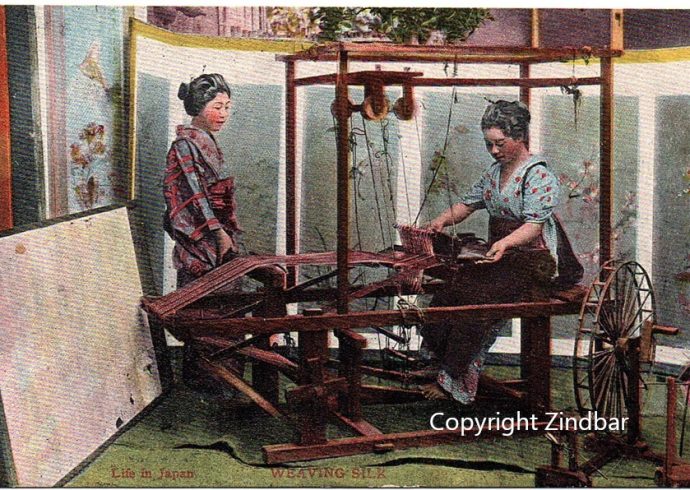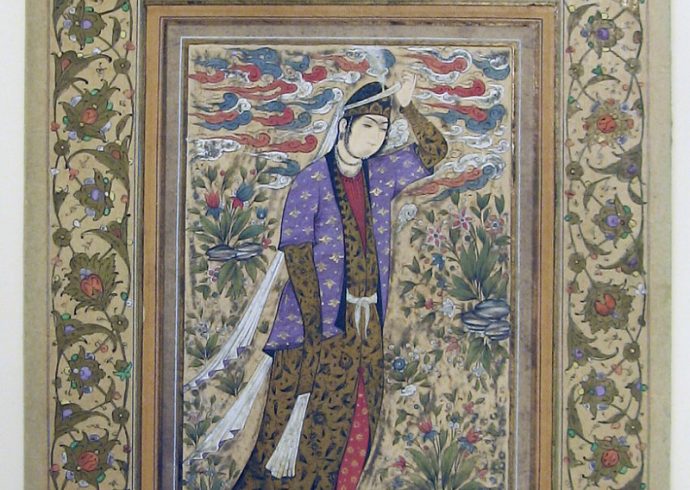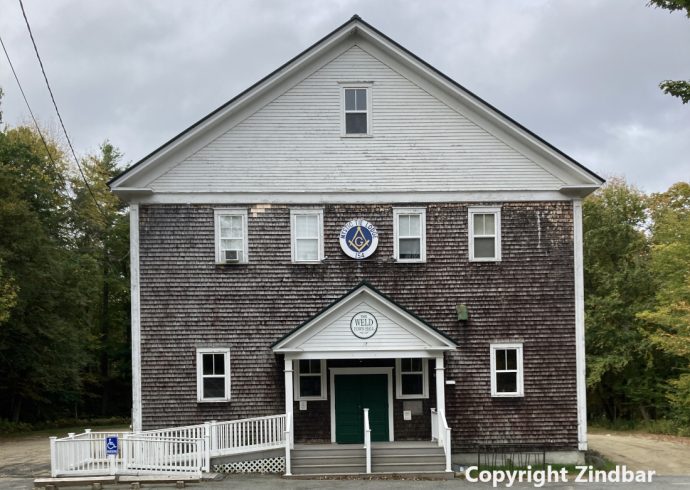
Born on October 30, 1845 in Toulouse, France, Marius Jean Antonin Mercié was destined for greatness as a sculptor, and quite unexpectedly, associated with an equal par of notoriety for one particular monumental sculpture, the Robert E. Lee equestrian bronze which once stood at Monument Avenue in Richmond, Virginia. In 1868, Mercié was 23 years old when he won the Grand Prix de Rome, a scholarship for talented art students to further their career while he attended École des Beaux-Arts in Paris. Five years later in 1872, he sculpted one of most famous French statues, “David”, in plaster, which later was cast in bronze and housed at Musée d’Orsay in Paris. Receiving the Medal of Honour for this sculpture from the Paris Salon, the famous art exhibit, Mercié made his mark in the French art world that would eventually lead to international fame, and his creation of three monuments dedicated to historical figures which are located throughout the United States: Robert E. Lee, Marquis de Lafayette, and Francis Scott Key.
Robert E. Lee Monument (1890)
As Army General of the Confederacy and Virginia native, Lee was immortalized in this equestrian monument sculpted by Mercié. When the Robert E. Lee Monument was first installed in Richmond, Virginia, the land was sparsely built, described by The Roanoke Times, May 30, 1890, as a “colossal monument stands like an imposing sentinel in the midst of a great plain..”
The monument was 61 feet high, and the pedestal the bronze equestrian statue sat upon, 40 feet high. The bronze itself was 21 feet high and overlooked a tobacco field that was planted as an exhibition garden. The ornate pedestal was designed by French architect Paul Pujol. Curiously, when the monument was first erected, the cost of the pedestal was more than twice that of the actual sculpture itself: $42,000. for the ornate work of masonry, and $18,000. for Mercié’s masterpiece. In 2021 dollars, the total would be worth about $1,752,650.00. What was most impressive was the accuracy of depicting General Lee; journalist Lida McCabe heard directly from Mercié that a tremendous amount of research about Lee and the Civil War was conducted, even to the point of acquiring historical items associated with this war, from Confederate uniforms to equestrian horse riding equipment, something comparably easy to secure compared to their value and rarity in the 21st century.
Until the statue was taken down in September 2021 due to Lee’s affiliation with the Confederacy, it was a popular spot for tourists, historians, and school groups interested in learning about Robert E. Lee, who he was, and why he played such an important role in nineteenth century American history.
Marquis de Lafayette Monument (1891)
Long considered a hero in his native France and in the United States, Marie-Joseph Paul Yves Roch Gilbert du Motier, Marquis de La Fayette commanded American troops in some of the most important battles during the American Revolutionary War: Brandywine, Gloucester, Valley Forge, Barren Hill, Monmouth, and the Siege of Yorktown. In France, the Marquis played an important role in the French Revolution and July Revolution. Holding the esteemed position of “The Hero of the Two Worlds” earned him his rightful place in history, including a bronze statue in Washington, D.C. created by Mercié with Alexandre Falguière as collaborator.
The two sculptors first worked the approved design of the Marquis de Lafayette in clay on a quarter-scale model before it was scaled to its full size of 11 feet tall and cast in bronze. Seven additional bronze statues surround the marble base, which was designed by Paul Pujol. Lafayette is holding a sword in his left hand, point downwards towards the ground, with his coat draped over the same arm. The entire monument is 36 feet tall and 20 feet wide, including the bronzes surrounding the base.
The Marquis de Lafayette Monument is located at Lafayette Park on H Street just north of the White House in Washington, D.C.
Francis Scott Key Monument (1911)
Commissioned and hired by brothers Charles and Theodore Marburg, Mercié created the Francis Scott Key Monument as a tribute to the author of the “Star-Spangled Banner”, the national anthem of the United Stated of America. Charles Marburg made his wealth in tobacco, donating $25,000 to have the sculpture completed.
Unlike the two earlier above-named bronzes by Mercié, this monument was sculpted from Caen stone, with gold leaf overlay for the Liberty figure, perched on top of the base, with Francis Scott Key and a sailor below at eye level, standing by carved sea waves with his arms outstretched. In the very center of the monument is a Grecian temple style pedestal, complete with Ionic columns, and on top of the temple’s roof, a statue of Liberty, holding the American flag. A fountain was integrated into the design of the monument at the base. In all, the monument measures 30 feet high from the base bottom to the top of the Liberty figure.
According to The Baltimore Sun (May 11, 1911), the monument was unveiled in May 1911 by the granddaughter of Francis Scott Key, Mrs. William Gilmor, and Charles L. Marburg, Jr, the five year-old son of Theodore, the man who hired Mercié to create the monument. Sadly, by the time the sculpture was unveiled, Charles Marburg died in 1907 but his namesake received the privilege of being present for the ceremony.
At the time the monument was officially presented, is was considered to be one of the most extensive and elaborate sculptures in the city, according to The Baltimore Evening Sun, May 15, 1911. On the day of the opening ceremony, the Francis Scott Key Chapter of the Daughters of the American Revolution laid a wreath of red and white carnations at the feet of Key’s statue.
The Francis Scott Key Monument is located at Eutaw Place and Lanvale Street in Baltimore, Maryland.
Image Credit: VCU Libraries Commons, No restrictions, via Wikimedia Commons, from the Richmond Nineteenth-Century Print Collection, Harper & Brothers, June 14, 1890.


